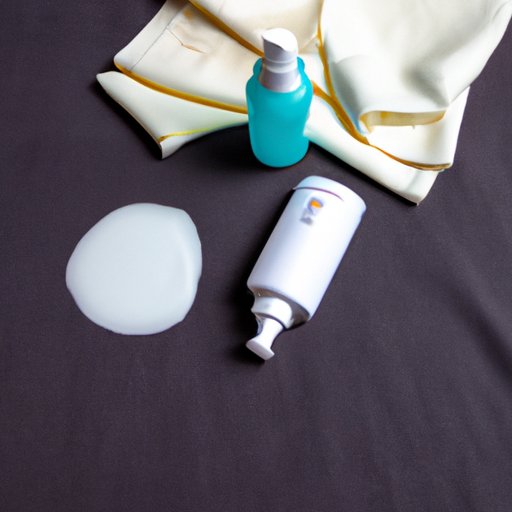Introduction
Impetigo is a common skin infection that affects both children and adults. It is caused by bacteria, either Staphylococcus aureus or Streptococcus pyogenes, and it can spread quickly through contact with an infected person or object. Impetigo usually appears as red sores or blisters that are filled with pus. They may be itchy and may cause pain or burning sensations.
Change Clothing Often
Changing clothes often is one of the best ways to prevent the spread of impetigo. Wearing loose-fitting clothing made from natural fibers such as cotton or linen helps keep the affected area dry and allows air to circulate. Synthetic fabrics like polyester or nylon should be avoided since they can trap moisture and create a breeding ground for bacteria.
Avoid Irritants
It is important to avoid irritating detergents, soaps, perfumes, and other chemicals when treating impetigo. These can further irritate the skin and make the infection worse. If possible, use mild soap and warm water to clean the affected area and avoid any harsh chemical products.
Keep Skin Clean
Keeping the skin clean is essential for treating impetigo. Gently wash the affected area several times a day with mild soap and warm water. This will help remove any pus or other debris that may have accumulated on the skin. Avoid scrubbing too hard or using hot water as this may cause further irritation.
Apply Antibiotic Creams
Applying antibiotic creams is another way to treat impetigo. Mupirocin and fusidic acid are two commonly used topical antibiotics that can help reduce the severity of the infection. Apply the cream twice a day for seven to ten days, depending on the severity of the infection.
Use Antiseptic Solutions
Using antiseptic solutions such as hydrogen peroxide or chlorhexidine can also help get rid of impetigo. These solutions can be used to clean the affected area several times a day to help kill the bacteria. Be sure to follow the instructions on the bottle and avoid getting the solution in the eyes or mouth.
Take Antibiotics
If the infection is severe, your doctor may prescribe oral antibiotics to help treat impetigo. These antibiotics can help reduce the severity of the infection and prevent it from spreading to other parts of the body. Be sure to take the medication as prescribed and finish all doses even if the symptoms improve.
Conclusion
Getting rid of impetigo fast requires a combination of steps, including changing clothing often, avoiding irritants, keeping the skin clean, applying antibiotic creams, using antiseptic solutions, and taking antibiotics if necessary. By following these steps, you can help reduce the severity of the infection and prevent it from spreading to other parts of the body.
For more information about impetigo, talk to your doctor or visit the Centers for Disease Control and Prevention website at https://www.cdc.gov/impetigo/.
(Note: Is this article not meeting your expectations? Do you have knowledge or insights to share? Unlock new opportunities and expand your reach by joining our authors team. Click Registration to join us and share your expertise with our readers.)
